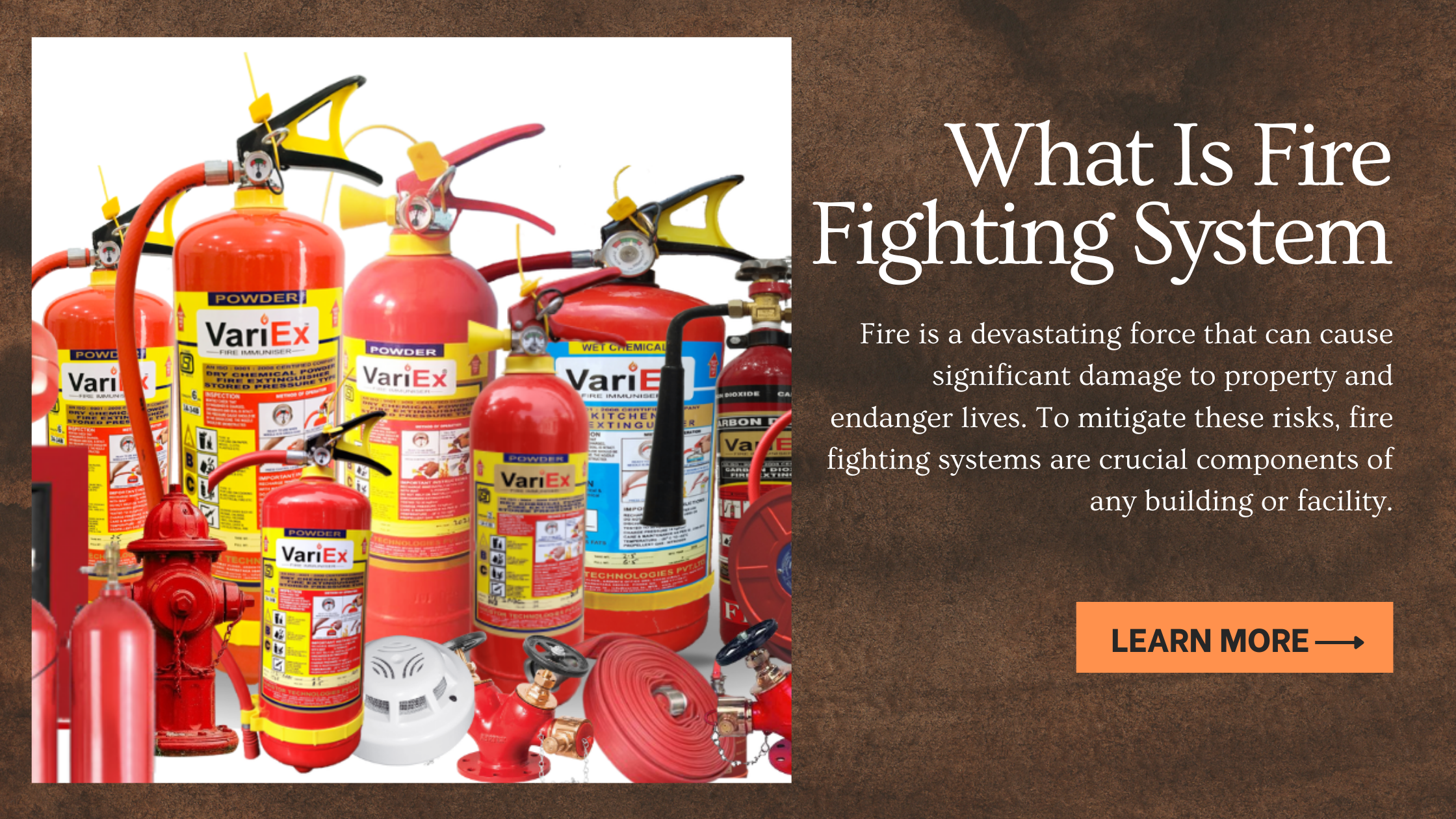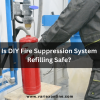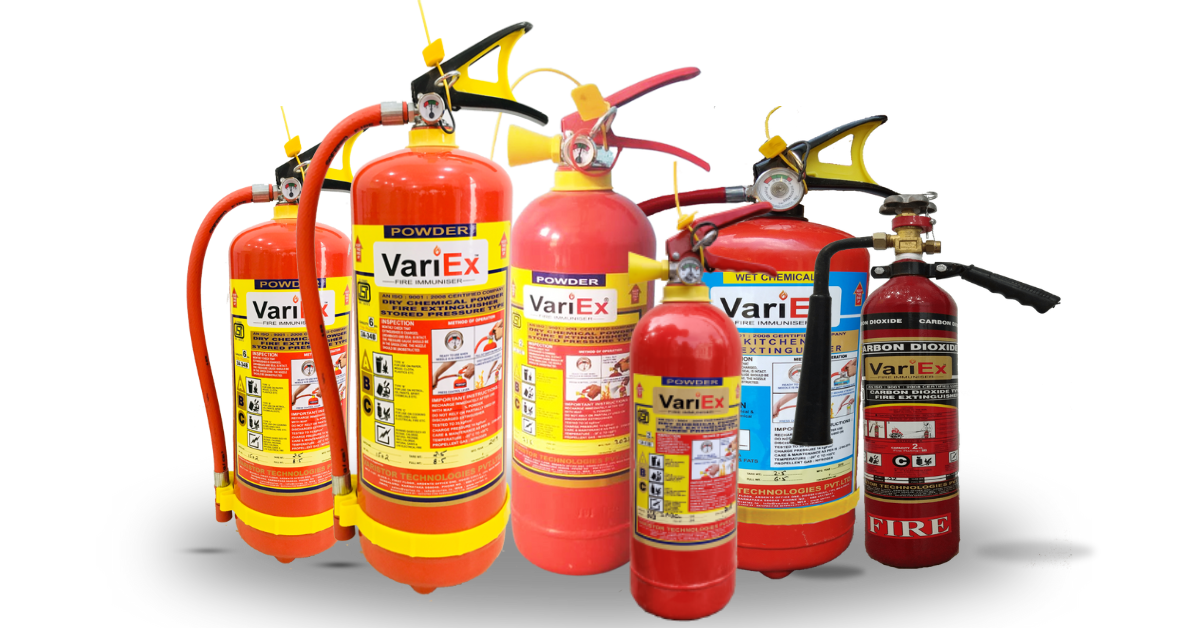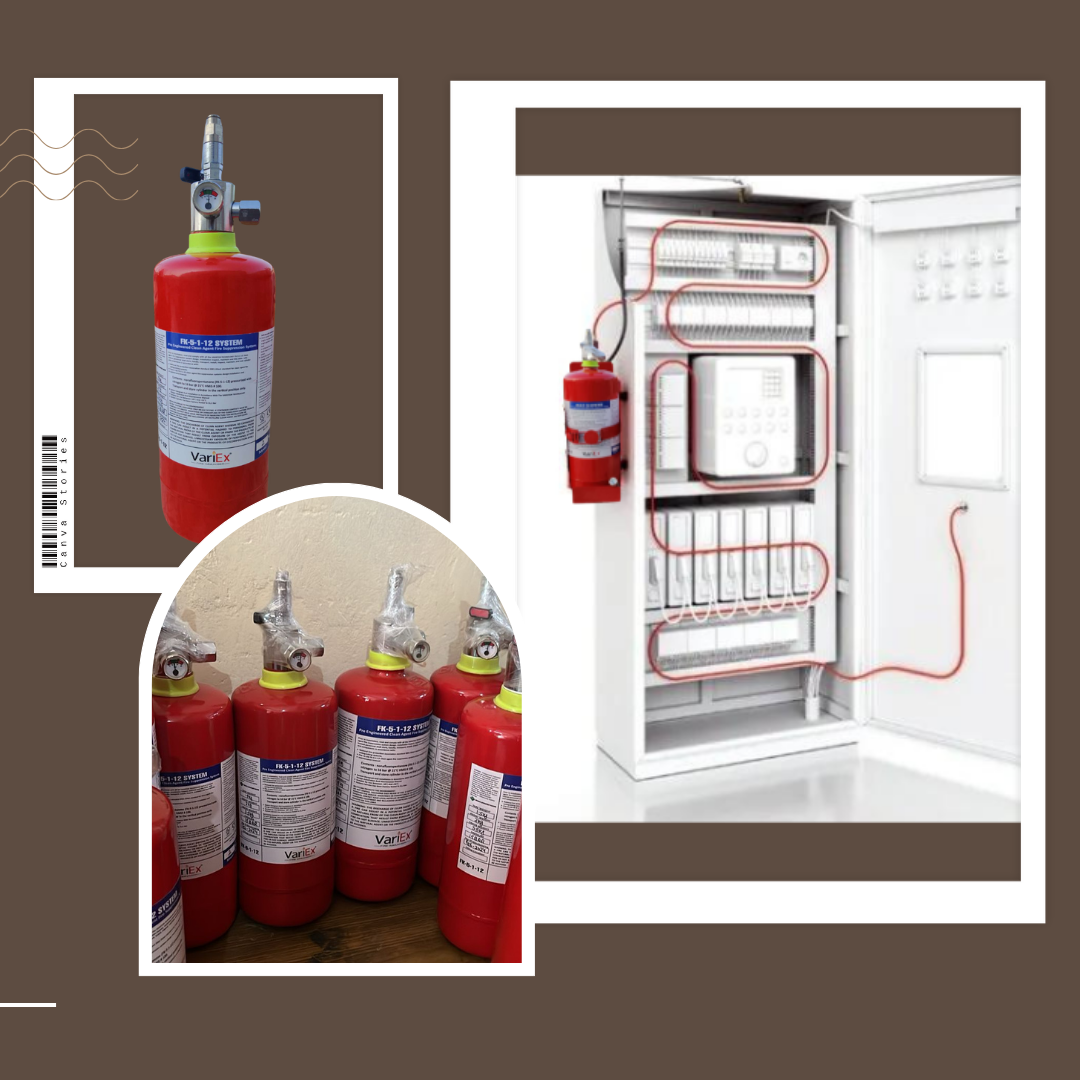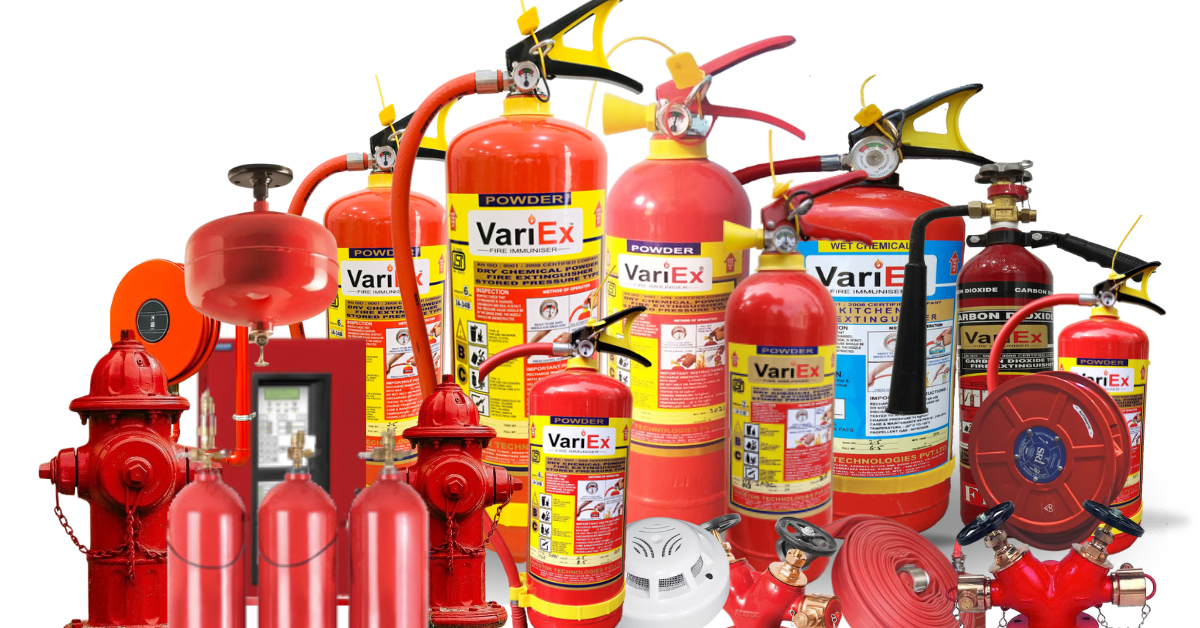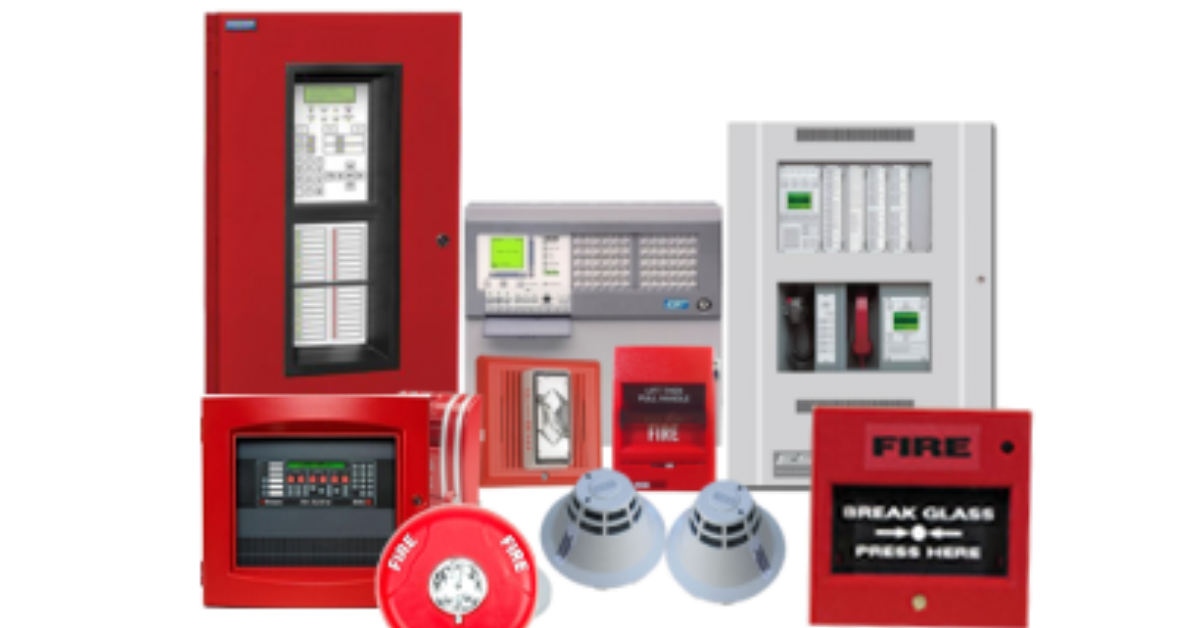![]()
Fire Immuniser
+91-7829629111
Email: info@variex.in
Varistor Technologies Pvt. Ltd.
Block-1, First Floor, Ardente Office One, Hoodi Circle, ITPL Main Road, Bengaluru, Karnataka 560048, IN
What Is Fire Fighting System
Fire is a devastating force that can cause significant damage to property and endanger lives. To mitigate these risks, fire fighting systems are crucial components of any building or facility. These systems are designed to detect, control, and extinguish fires swiftly and efficiently. In this article, we will explore the important aspects of fire fighting systems, including their components, types, and operation.
Components of a Fire Fighting System
A fire fighting system consists of various components that work together to detect and suppress fires effectively. The key components include:
1. Fire Detection Systems
Fire detection systems play a vital role in early detection, allowing prompt action to be taken. These systems use various technologies, such as smoke detectors, heat sensors, and flame detectors, to identify the presence of a fire. Upon detection, the system triggers an alarm, notifying occupants and initiating other fire fighting measures.
2. Fire Suppression Systems
Fire suppression systems are responsible for extinguishing fires. There are different types of suppression systems, including water-based, gas-based, and foam-based systems. Water-based systems, such as sprinklers, use water to control and extinguish fires. Gas-based systems, such as carbon dioxide systems, displace oxygen to smother the fire. Foam-based systems blanket the fire with foam, separating it from oxygen and suppressing flames.
3. Fire Extinguishers
Fire extinguishers are portable devices that provide immediate access to extinguishing agents. They come in various types, such as water, foam, carbon dioxide, and dry chemical extinguishers, tailored to different fire classes. Fire extinguishers are strategically located throughout buildings to ensure easy and quick access.
4. Fire Alarm Systems
Fire alarm systems alert occupants of a building in case of a fire emergency. These systems consist of interconnected smoke detectors, manual pull stations, and audible alarms. When activated, the alarm system sounds a siren or bell, warning occupants to evacuate immediately.
Types of Fire Fighting Systems
Fire fighting systems can vary based on the nature of the building, its occupancy, and the fire risks involved. Here are some common types of fire fighting systems:
1. Wet Pipe Sprinkler Systems
Wet pipe sprinkler systems are the most common fire fighting systems used in buildings. These systems are designed to keep water filled at all times. When they detect a fire, the sprinkler heads open and release water onto the fire to control or extinguish it. Wet pipe sprinkler systems are best for areas that don't need freeze protection.
2. Dry Pipe Sprinkler Systems
People use dry pipe sprinkler systems in areas where freezing temperatures can cause pipes to burst. Instead of water, these systems fill with pressurized air or nitrogen. When a fire triggers a sprinkler head, it releases the air or nitrogen, allowing water to flow and extinguish the fire.
3. Deluge Sprinkler Systems
People typically use deluge sprinkler systems in high-hazard areas, such as chemical storage facilities or power plants. Unlike other sprinkler systems, these systems simultaneously activate all sprinkler heads when they detect a fire. Deluge systems use high volumes of water to quickly suppress fires in these high-risk environments.
4. Carbon Dioxide Systems
People commonly use carbon dioxide systems in areas with sensitive equipment, such as server rooms or electrical substations. These systems quickly flood the area with carbon dioxide gas, suffocating the fire by displacing oxygen. People must only use carbon dioxide systems in unoccupied areas due to the gas's potential harm to humans.
Operation of Fire Fighting Systems
The designers of firefighting systems aim to automatically respond to fire events. When the system detects a fire, it swiftly initiates the necessary actions to suppress it. The operation of a fire fighting system typically involves the following steps:
1. Detection
Fire detection systems continuously monitor for signs of fire, including smoke, heat, or flames. Once a threshold is exceeded, the system sends a signal to activate the fire fighting system.
2. Alarm and Notification
Upon fire detection, the fire alarm system triggers audible and visual alarms, alerting occupants to evacuate the premises immediately. Simultaneously, the alarm notifies the building management or a central monitoring station about the fire event.
3. Fire Suppression
Depending on the type of system, fire suppression mechanisms are then activated. Sprinkler systems release water, foam, or gas while fire extinguishers are accessible for manual use.
4. Monitoring and Control
During a fire event, firefighting systems continuously monitor the situation, ensuring they control and suppress the fire effectively. Central control panels provide real-time information about the fire's location, status, and any abnormalities.
Comparison of Different Fire Fighting Systems
System Type | Primary Use | Components | Advantages | Limitations |
| Water-Based Systems | Commercial, residential, industrial | Sprinklers, hydrants, fire pumps | Effective for most fire types; reliable | Not suitable for electrical or liquid fires |
| Foam-Based Systems | Industrial, flammable liquid storage | Foam extinguishers, sprinklers | Effective on flammable liquid fires | Not effective on metal or electrical fires |
| Gas-Based Systems | Data centers, control rooms | Inert gases, clean agents, control valves | Safe for sensitive equipment, non-destructive | Requires airtight spaces for effectiveness |
| Dry Chemical Systems | Industrial, automotive | Dry chemical powders, extinguishers | Effective on various fire types, portable | May leave residue, can damage sensitive areas |
| Manual Systems | All types of buildings | Fire extinguishers, hose reels, hydrants | Flexible, easy to deploy for small fires | Requires human intervention |
| Automatic Systems | All types of buildings | Sprinklers, gas systems, alarms | Immediate response, minimal human intervention | Higher initial cost, requires regular maintenance |
Importance of Fire Fighting Systems
Fire fighting systems are crucial for several reasons, primarily revolving around life safety, property protection, and regulatory compliance. Here’s why they are indispensable:
Life Safety: The primary function of fire fighting systems is to protect human life by detecting fires early, allowing for rapid evacuation and response. These systems can mean the difference between life and death in many fire situations.
Property Protection: Automatic fire suppression systems can minimize damage to property by controlling or extinguishing fires before they grow out of control. This can significantly reduce losses due to fire damage.
Compliance with Regulations: Building codes and fire safety regulations mandate the installation of fire fighting systems in commercial, industrial, and residential buildings. Compliance with these laws helps ensure a higher standard of fire safety and minimizes liability.
Minimizing Business Disruption: By quickly extinguishing fires, these systems help businesses avoid prolonged closures, maintain operations, and reduce downtime.
Insurance Benefits: Many insurance providers offer reduced premiums to buildings equipped with modern fire fighting systems. The presence of these systems can also facilitate faster claim processing in the event of a fire.
Maintenance of Fire Fighting Systems
For fire fighting systems to function effectively, regular maintenance is critical. Each component requires periodic inspection and testing:
Sprinklers: Should be inspected to ensure they are free from obstructions and corrosion. Testing must confirm that they are operational.
Fire Extinguishers: Should be serviced and inspected for pressure, and any expired or damaged extinguishers should be replaced.
Fire Alarms: Regular testing of smoke detectors, heat detectors, and alarms is necessary to ensure they function correctly.
Fire Pumps and Hydrants: Fire pumps should be tested for pressure output, and hydrants should be checked for accessibility and operation.
Gas Suppression Systems: Regular inspection of gas levels, valves, and discharge nozzles is needed to ensure system readiness.
Failure to maintain fire fighting systems can lead to system failures in critical moments, resulting in increased fire damage and higher risks to life safety.
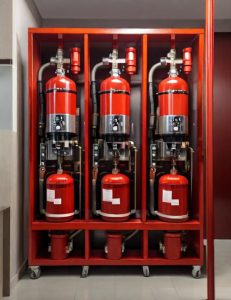
Innovations in Fire Fighting Systems
As technology evolves, fire fighting systems are also undergoing significant advancements:
Smart Fire Detection: Integrated fire alarm systems now utilize smart sensors that can differentiate between smoke from fires and harmless smoke, reducing false alarms. These systems can be connected to central monitoring stations, which alert fire departments in real-time.
IoT in Fire Safety: The Internet of Things (IoT) has enabled remote monitoring and control of fire fighting systems. Building managers can now receive real-time updates on system status, allowing for quicker response times in emergencies.
Advanced Suppression Methods: Research is ongoing into environmentally friendly fire suppression methods, such as water mist systems and non-toxic gas suppression. These methods aim to be more effective while minimizing harm to the environment and building contents.
Conclusion
Fire fighting systems are critical for preventing losses from fires, protecting lives, and preserving property. By integrating components such as fire detection systems, fire suppression systems, fire extinguishers, and fire alarm systems, these systems efficiently detect and suppress fires. Understanding the types and operation of fire fighting systems enables building owners, facility managers, and occupants to make informed decisions to ensure utmost safety. Implementing a reliable fire fighting system is not only compliance with regulations but also a responsibility towards the well-being of all individuals within a building or facility.
Explore our products Range
FREQUENTLY ASKED QUESTIONS
A fire fighting system is a set of equipment, measures, and procedures designed to detect, control, and extinguish fires effectively to prevent damage to property and save lives.
Having a fire fighting system in place is crucial because it reduces the risk of fire-related injuries, minimizes property damage, and ensures the safety and well-being of occupants within a building or facility.
A fire fighting system typically includes fire alarms, smoke detectors, fire sprinklers, fire extinguishers, fire hoses, fire hydrants, and emergency exit plans.
Fire alarms detect smoke or heat caused by fire and produce an audible warning to alert occupants of a building. They help in early fire detection and facilitate prompt evacuation or fire suppression actions.
Fire sprinklers are an essential component of a fire fighting system as they detect and suppress fires automatically. They release water or other extinguishing agents to control the spread of fire and reduce its intensity.
Final Say
We at VariEx.in or Variexonline.com have mastered the art of designing, installing, inspecting, and fixing automatic sprinkler systems with the help of our in-house team, which is capable of delivering the fire sprinkler services you need, whether large or small and at affordable cost.
To schedule a fire sprinkler installation, or you think our services could benefit your commercial property, contact us online or give us a call at, 7829629111


